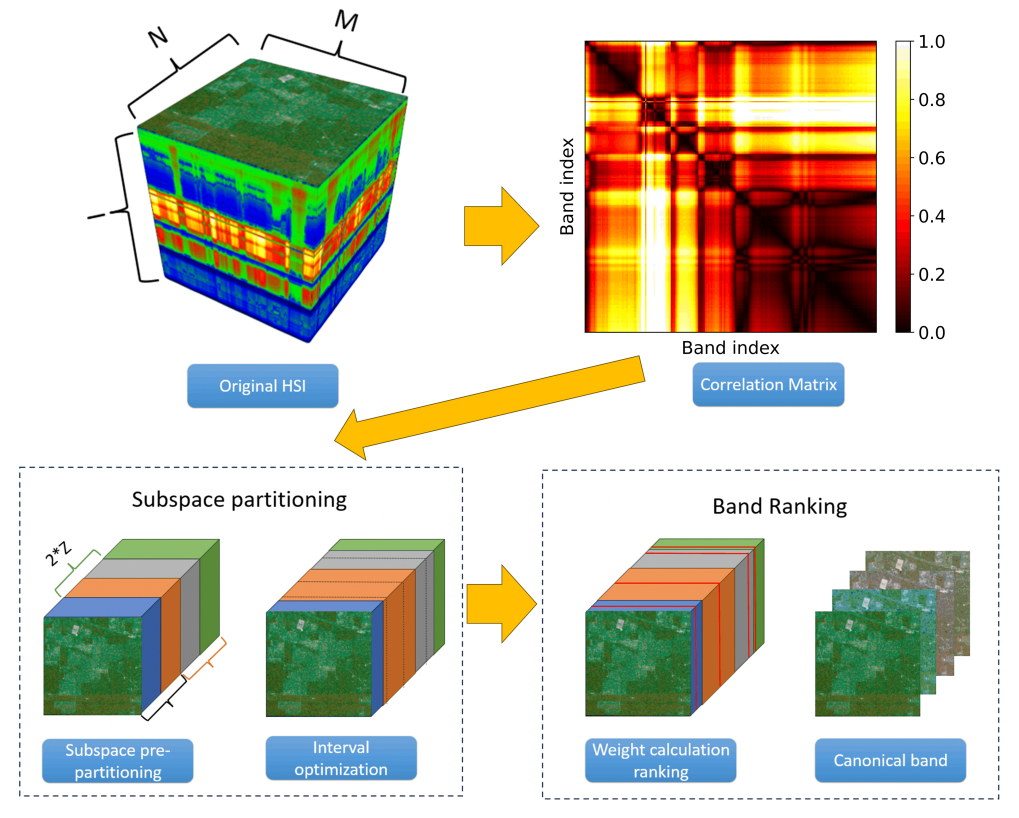
Researchers from the Hefei Institutes of Physical Science of the Chinese Academy of Sciences have developed a new deep learning–based algorithm capable of accurately retrieving the vertical distribution of atmospheric aerosols using hyperspectral satellite data.
By integrating Long Short-Term Memory and Transformer neural network architectures, their model significantly improves the accuracy of detecting aerosol optical depth (AOD) and aerosol layer height (ALH) from Orbiting Carbon Observatory-2 (OCO-2) satellite observations.
Their findings were published in the Journal of Selected Topics in Applied Earth Observations and Remote Sensing.
Traditional methods often struggle with retrieving vertical aerosol information due to the high variability of aerosols in both time and space, as well as the complexity of atmospheric interactions.
To address this, the researchers use the high-resolution oxygen A-band data from the OCO-2 satellite, which is especially sensitive to changes in aerosol vertical structure.
To handle the complexity of the spectral data, they introduced a band selection strategy based on physical information content, reducing data dimensionality without sacrificing retrieval accuracy. The model was tested over the African continent and nearby oceans, where aerosol conditions are complex and diverse.
Compared to conventional techniques, the new method demonstrated remarkable improvements. Validation against CALIOP lidar data showed a reduction in RMSE for AOD to just 0.0284 and for ALH to 0.952, reflecting significantly higher reliability and consistency in aerosol detection.
This study not only improves the quantitative accuracy of aerosol vertical distribution retrieval, but also provides more reliable data support for atmospheric radiative transfer modeling, according to the team.

Band Selection Process Based on Information Content (Image by WANG yuxuan)

Retrieval Results for AOD and ALH (Image by WANG yuxuan)

86-10-68597521 (day)
86-10-68597289 (night)

52 Sanlihe Rd., Xicheng District,
Beijing, China (100864)

